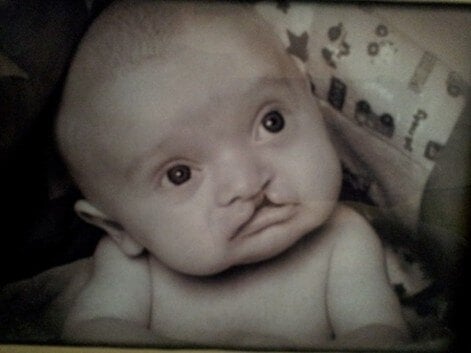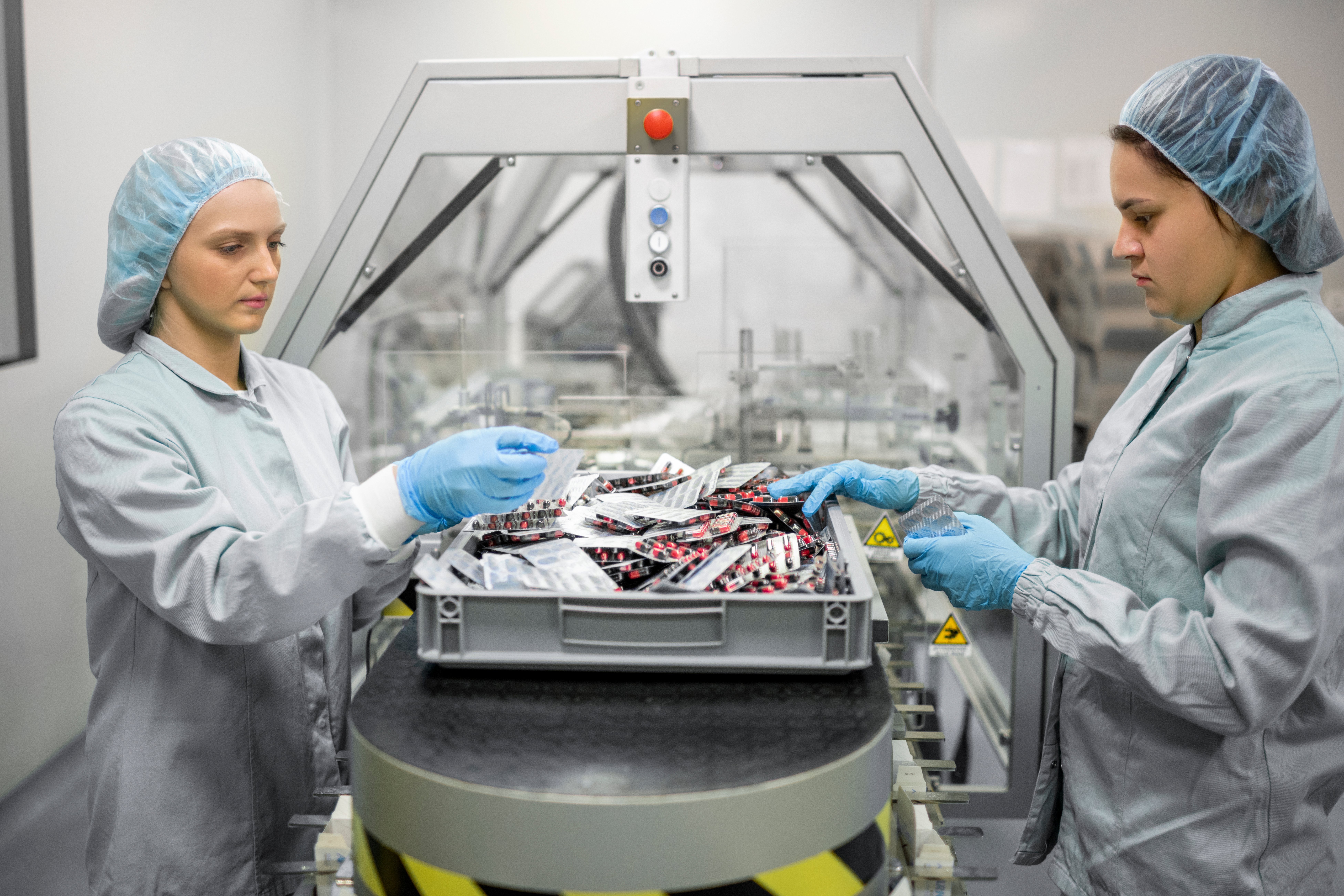Two Nurses Explain the Difference Between OR and ER Packaging

We know how valuable it is to gain insight from nurses; they are the core end-users of sterile healthcare packaging.
Have you ever considered the myriad environments, procedures, and medical devices they manage, or how this vast diversity impacts a nurse’s experience with medical packaging? I recently interviewed two nurses to explore just that – Brooke Wieferich (RN, BSN, CEN in the ER) and Amber Wagner (RN, BSN in the cardiovascular OR and ER). Read on to understand more about the differences between the operating room (OR) and emergency room (ER), how these differences impact the sterile field and packaging interaction, and what matters most to these critical end-users in their respective environments.
Haley Schrauben (HS): Tell me about the ER and OR environments – how are they organized, what is the look and feel of the space, etc?
Brooke Wieferich (BW): The ER is “organized chaos,” you don’t always know what to expect. The rooms are small; for more minor procedures, there may only be a nurse and patient in the room, but for a trauma case, there are a lot of people packed into a small room, such as the patient, attendee, bedside nurse, charting nurse, charge nurse, resident, pharmacist. We might be opening sterile products on carts or beds, or other awkward surfaces. The sterile field is not as well defined, and not everyone is aware of where that field is depending on when they walk into the room; this generally gets better with more experience.
Amber Wagner (AW): The sterile field is much more defined and bigger in the OR, with more awareness; packages are opened in the sterile field, and someone is scrubbed in and ready to grab a sterile device. I work in cardiovascular, which is almost exclusively open-heart procedures, but also some vascular procedures and lung transplants. Many of these procedures are often 8 to 10 hours long. Nurses will rotate depending on the schedule, but the same surgeon is present for the whole procedure.
HS: What does the transfer from the ER to the OR look like? Is there hand off, and when/how does that happen? Does the ER nurse still have a role there?
BW: For a trauma transfer, the whole trauma team (including ER nurses) will go up to the doors of the OR with the patient and might even transfer along with the patient depending on the severity of the case. There is a new sterile field, all new devices, a new bed, and so on.
AW: In general, a transfer will happen whenever a surgeon is available. Depending on how urgent the case is, the team may only have 10 minutes to set up the sterile field with maybe 15 people in the room. We are supposed to have all devices counted, but in a life and death situation, we do the best we can. But in other scenarios, with a stable patient, the team may have a full hour to set up while waiting for a surgeon.
BW: For less urgent cases, such as an appendix removal with a stable patient, the OR team will come and get the patient from the ER when they are ready.
HS: What procedures are most common in your respective environments?
BW: In the ER we typically see patients with ab pain or chest pain, headaches or seizures, sepsis, or stroke.
AW: The most common procedure in the cardiovascular OR would be a coronary artery bypass graft, we do these almost every day. We also do some diagnostic angiograms and open AAA (abdominal aortic aneurysm) repairs.
HS: What types of medical devices do you most often work with that are packaged in a sterile package and require aseptic transfer? Are there any similar devices between the two environments, or similarities in how you interact with the packaging?
BW: In the ER, we work the most with catheters, especially foley catheters, central and arterial lines, chest tubes, and some pre-packaged trays.
AW: In the OR, we see a lot of instruments in trays, extra supplies and devices for heart valve replacements like closures or Cor-Knots, sutures, medicines, and a lot of forceps or other “peel pack” instruments. Central and arterial lines are used in both the ER and OR, as well as catheters. But the sterile field is much more routine in the OR, and larger.
BW: It’s not the same in the ER—the space is different and not consistent, and the urgency of a case varies, so the sterile field is not consistent. The patient may or may not be awake, and you are never passing a device off to a scrub tech.
HS: What method do you use in your respective environment to aseptically present a device?
BW: If a physician is performing the procedure, I would present the device to them. This might be a “dump” or a “hand-off”, depending on the device and the sterile field, but usually I use the dump method. Often times the nurse that is opening the package is also performing the procedure, so the same person opening the packaging is also interacting with the device.
AW: For me, it really depends on how big and bulky the device is, or how busy the scrub tech is. It may also depend on how difficult the package is to open – if it is difficult to peel, it is easier to hand off as opposed to dumping. I generally prefer handing off a device directly to a scrub tech to avoid a device falling to the floor, but some nurses are really comfortable with the dumping method.
HS: Do you work with any complex sterile devices that require set-up? If so, how does the packaging help, or not help?
AW: In the OR we may work with a balloon angioplasty, where after handing off the inflation device to the scrub tech, the scrub tech needs to prime it. Prosthetic valves also need prepping, or medicines might need mixing, which may include several packages within one larger package. We may also need to open individual Cor-Knots for a valve closure, which need to be assembled into a gun.
BW: In the ER, for a port access procedure, we need to get a separate pre-filled sterile 10cc syringe, or figure out how to set the syringe and needle up in the sterile field without contacting the vial of solution (for the purpose of flushing the syringe). It would be nice to have a pre-filled 10cc syringe included as part of the larger sterile package. Almost no one uses gloves that are included in a procedure kit; they will always get their own that fit.
AW: In general, the packaging I work with seems easy to open. I like packaging that gives you a second chance, like a double wrap or a tray with a second lid. Larger packages are definitely easier to open – they are easier to hold onto.
BW: Agree that most packaging is easy to open. I do use sterile IV trays to organize the luer lock and IV. I also use foley catheter trays to keep the device organized.
AW: The less packaging, the better. Some foil pouches are more difficult to peel open. If the pouch is quite narrow, it is harder to transfer the device without touching it. But generally, the packaging has come a long way. The more you can include in one package, the better.
HS: Are there any packaging features that you think might be helpful, would make you feel more confident in the safety of the device, or would enhance efficiency during a procedure?
BW: Generally, the package just needs to be easy to open. Again, the more you can include in one package, and the less steps, the better.
AW: The more experience a nurse has, the better it gets. More education on newer packaging would be helpful, or education on the best way to open (I didn’t know it was easier to open a pouch with a “chevron” seal design from the center until a co-worker showed me… I assumed I should open it at the corner). Allowing more chances to play with the packaging, especially early in a nursing career when you are nervous to handle expensive devices or don’t know what you can or can’t touch, would be helpful.
BW: Yes, I hadn’t thought about that, but just being able to play with the packaging and get more used to it, that would be helpful.
HS: Do you recycle any packaging in your respective environments?
AW: The OR does have designated recycling bins (mixed materials). As long as the packaging doesn’t touch the patient, we can recycle it. We may even take the packaging away from the sterile field before the patient even enters the room; we might open 75 sutures before the patient enters.
BW: In the ER this is more difficult because everything moves so quickly. We tried to implement recycling bins within the rooms, but many people ended up using them as trash bins. The culture is harder to change there because people are in and out of the rooms more frequently.
AW and BW: It would definitely help if the packaging included some sort of indication that the material was recyclable.
HS: How has COVID-19 impacted your general experience in the OR and ER?
AW: The OR and ER environments are very different; the OR has not been impacted quite as much and is a little more sheltered. Patients are swabbed prior to a procedure, so depending on the results, the team can react as necessary.
BW: In the ER we don’t know who may or may not be positive, so we have to assume everyone is positive, even if they are swabbed since we may not have the results back. We essentially always need to gown up in COVID PPE, but this is starting to change as more employees are vaccinated.
AW: Throughout the hospital we always wear a mask and socially distance, and the cafeteria is only open to employees. And we are all expected to be available to help with COVID needs.
So there you have it! For those of us on the development side of this conversation, the details shared here bring practical realities that can inform—and improve— our thought processes on packaging design. A huge thank you to Brooke and Amber for sharing your clinical expertise, and to you and your nurse colleagues everywhere for doing what you do every day. Happy Nurse Appreciation Week!



